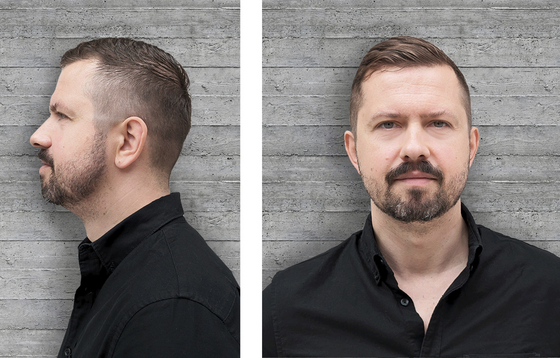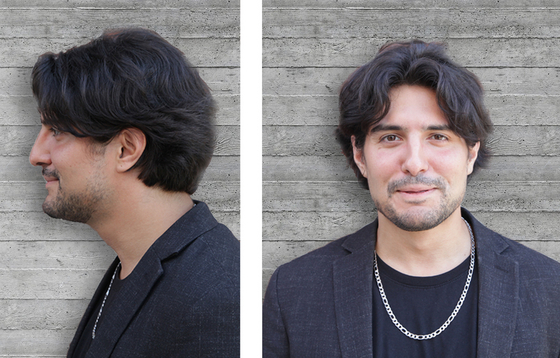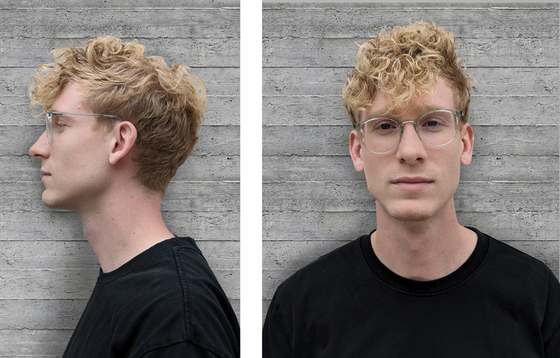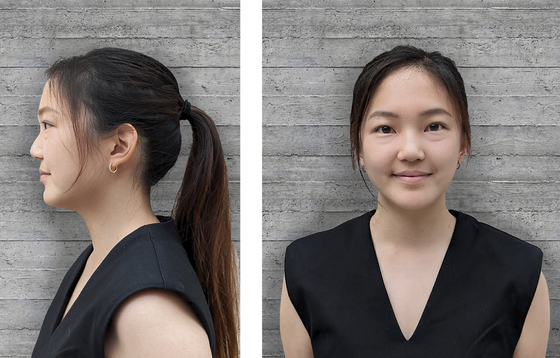
In our rapidly changing society, arts, sciences and technologies are interconnected in new and complex ways. They open up new horizons, establish innovative perspectives and enable new ways of dealing with the world. In their interaction, they change the notion of work and dwelling, of learning and of living. Reflecting these dynamics, TWa develops an ARCHITECTURE OF THE PERFORMATIVE SPACE. We design spaces that actively support and underpin their uses and interweave them with their spatial and cultural context.
Our architecture delivers a framework for the personal development of the individual in their public and private context. It is our goal to formulate an architecture which supports users and occupants in their active formation and determination of their existence. In a breathing texture of form and semantics, our buildings open up spatial and functional flexibility, thus providing the space for a vivid and creative interaction between individual and society.
Our buildings define their locations in a reflected and confident way and in dialogue with their urban environment. Determining factors in our design process are the urban fabric, the context of functions and semantics, layers of history as well as urban and natural environment. In their independent formal language, our buildings enter into a creative dialogue with their surroundings.
Energy efficiency, resource conservation and sustainability are central features of contemporary construction. They characterize the interaction between people and urban space, building and spatial context, city and natural environment. In a European and American discourse, we participate in research about the city of the future and engage in new models of urban development. In our design process we develop innovative energy concepts in cooperation with experienced and renowned partners.
In our design work, we follow an integrated approach that determines architectural elements within their context – interacting and interweaving, they merge into a complex form language. New technologies such as parametric design, building performance simulation and 3 D printing are employed as design tools that endeavour to achieve cutting-edge aesthetics centred upon the individual.


Tom Winter
R.A. Principal Architect

Mentor Noci
Senior Associate

Irene Galvez
Senior Architect

Christopher Pounds
Project Architect

Greg Hajdo
Senior Architect

Eunmee Hong
Project Architect

JunHui Li
Project Architect

Christopher Parra
Project Architect

Leo Loewen
Project Architect

Ben Shuai
Designer

Coco Wang
Project Architect

Andrea Isaza
Office Manager